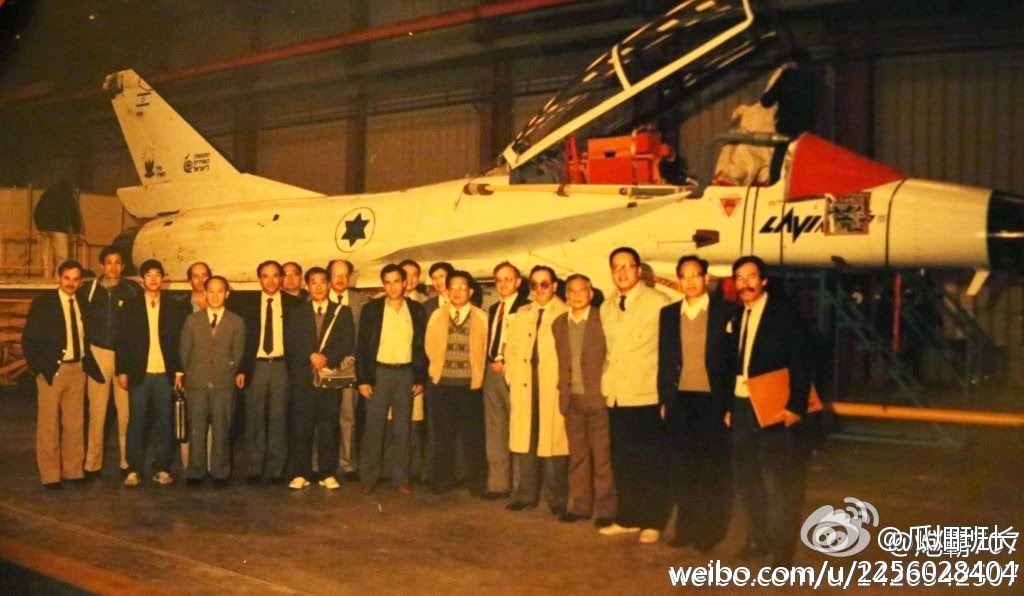- Joined
- Sep 25, 2009
- Messages
- 1,624
- Likes
- 423
China's J-10 was an evolutionary design based on China's J-9 fighter jet. A 1979 Chinese "Youth Science Illustrated" children's magazine cover proves that the Chinese J-10 had no relationship to the Israeli Lavi program, which was not formed until 1980.
Picture of Aircraft III | Errymath

----------
1979 "Youth Science Illustrated" magazine in the cover! ! Jian Shi? ?

Look at the logo in the bottom right-hand corner. It says "1979" in blue letters.
Picture of Aircraft III | Errymath

----------
1979 "Youth Science Illustrated" magazine in the cover! ! Jian Shi? ?

Look at the logo in the bottom right-hand corner. It says "1979" in blue letters.




